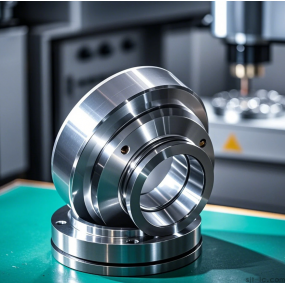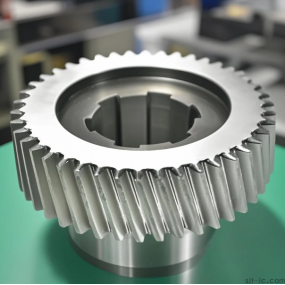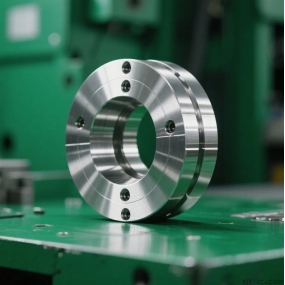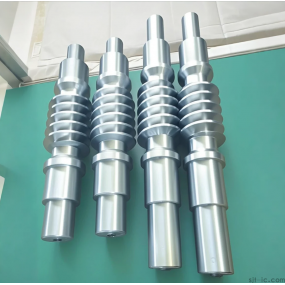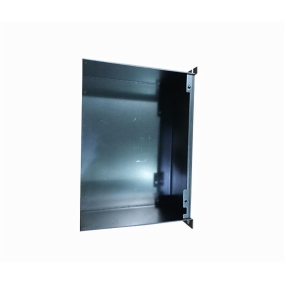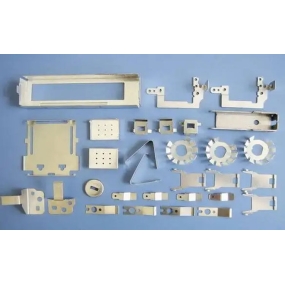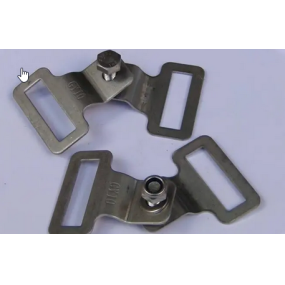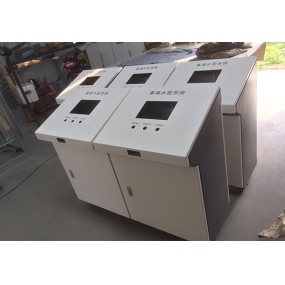Feeling overwhelmed by the countless options for your next CNC Machining project? 🤯 You're not alone. Picking the wrong manufacturer can lead to delayed timelines, blown budgets, and parts that just don't fit. It's a headache no project manager or engineer needs. But how do you sift through the noise and find a partner you can truly count on? Let's break it down together, step by step. 👇
What Exactly Should You Look For in a CNC Manufacturer?
This is the core of it all, right? It's not just about finding someone who can make the part; it's about finding a partner who understands your needs. We're talking about a combination of technical capability, clear communication, and proven reliability. It's like hiring a new team member – you need to look beyond the resume.
Step 1: Dig Into Their Technical Capabilities and Equipment
Don't just skim their website's homepage. You need to get into the specifics.
• What machines do they run? Ask about the types of CNC mills and lathes. Newer, well-maintained equipment often means better consistency and the ability to handle more complex geometries.
• What materials are they experienced with? If you need parts from titanium or PEEK, but they mostly work with aluminum, that's a red flag. A good shop will have a wide range of material experience.
• What's their maximum part size? Make sure their work envelope can accommodate your largest components.
While advanced equipment is a great sign, it doesn't automatically guarantee perfect quality every single time. The skill of the machinist and the quality control processes are equally critical.
Step 2: Quality Control Can't Be an Afterthought
This is where good manufacturers separate themselves from the rest. Anyone can claim high quality, but can they prove it?
• Ask about their inspection tools. Do they use CMMs (Coordinate Measuring Machines), optical comparators, or just hand calipers? The tools they use for inspection tell you a lot about their commitment to precision.
• Inquire about certifications. While an ISO 9001 certification is a strong indicator of a structured quality management system, the specific requirements for your industry might vary. The exact mechanism of how one standard translates to your part's quality... well, that's something we should probably discuss on a case-by-case basis.
• Request a First Article Inspection (FAI) report. A reliable manufacturer will gladly provide a sample report to show you the level of detail they document.
Step 3: Communication and Customer Service is Key
You're not just buying a part; you're buying a service. Poor communication can sink a project faster than a technical error.
• Test their responsiveness. How quickly do they reply to your initial inquiry? Are they asking smart, clarifying questions?
• Who is your point of contact? Will you be passed around between sales, engineering, and production, or do you have a dedicated project manager?
• Look for transparency. A good partner will be upfront about potential challenges and lead times, rather than just telling you what you want to hear.
I've found that the manufacturers who are easiest to communicate with during the quoting process are almost always the easiest to work with when issues (which inevitably pop up) need to be resolved.
Step 4: Don't Make Price Your Only Decision-Maker
We get it – budgets are real. But the cheapest quote is often the most expensive choice in the long run.
• Understand what the quote includes. Does it cover all post-processing like anodizing or heat treatment? Are there any hidden setup fees?
• Balance cost with value. A slightly higher price from a manufacturer with better equipment and a robust quality system can save you from costly reworks and delays.
• Consider the total cost of ownership. This includes the price of the part, plus the cost of any delays, defects, and administrative hassle.
However, it's also true that the most expensive option isn't always the best. Sometimes you're just paying for a big name. The key is to find the sweet spot where reasonable cost meets demonstrable value. 🎯
A Final Thought from My Desk
In my experience, the best manufacturing partnerships feel collaborative. It's not a simple transaction. The right manufacturer will act as an extension of your own engineering team, offering suggestions for design for manufacturability (DFM) and helping you optimize your part for performance and cost. This proactive approach, perhaps more than any single factor on this list, is what truly defines a reliable partner. Maybe that's the real secret sauce. 🤔


 Spanish
Spanish Arabic
Arabic French
French Portuguese
Portuguese Belarusian
Belarusian Japanese
Japanese Russian
Russian Malay
Malay Icelandic
Icelandic Bulgarian
Bulgarian Azerbaijani
Azerbaijani Estonian
Estonian Irish
Irish Polish
Polish Persian
Persian Boolean
Boolean Danish
Danish German
German Filipino
Filipino Finnish
Finnish Korean
Korean Dutch
Dutch Galician
Galician Catalan
Catalan Czech
Czech Croatian
Croatian Latin
Latin Latvian
Latvian Romanian
Romanian Maltese
Maltese Macedonian
Macedonian Norwegian
Norwegian Swedish
Swedish Serbian
Serbian Slovak
Slovak Slovenian
Slovenian Swahili
Swahili Thai
Thai Turkish
Turkish Welsh
Welsh Urdu
Urdu Ukrainian
Ukrainian Greek
Greek Hungarian
Hungarian Italian
Italian Yiddish
Yiddish Indonesian
Indonesian Vietnamese
Vietnamese Haitian Creole
Haitian Creole Spanish Basque
Spanish Basque

